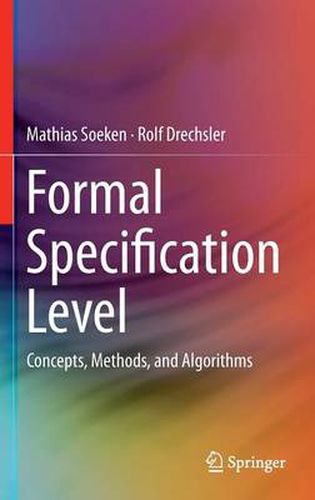Readings Newsletter
Become a Readings Member to make your shopping experience even easier.
Sign in or sign up for free!
You’re not far away from qualifying for FREE standard shipping within Australia
You’ve qualified for FREE standard shipping within Australia
The cart is loading…






This title is printed to order. This book may have been self-published. If so, we cannot guarantee the quality of the content. In the main most books will have gone through the editing process however some may not. We therefore suggest that you be aware of this before ordering this book. If in doubt check either the author or publisher’s details as we are unable to accept any returns unless they are faulty. Please contact us if you have any questions.
This book introduces a new level of abstraction that closes the gap between the textual specification of embedded systems and the executable model at the Electronic System Level (ESL). Readers will be enabled to operate at this new, Formal Specification Level (FSL), using models which not only allow significant verification tasks in this early stage of the design flow, but also can be extracted semi-automatically from the textual specification in an interactive manner. The authors explain how to use these verification tasks to check conceptual properties, e.g. whether requirements are in conflict, as well as dynamic behavior, in terms of execution traces.
$9.00 standard shipping within Australia
FREE standard shipping within Australia for orders over $100.00
Express & International shipping calculated at checkout
This title is printed to order. This book may have been self-published. If so, we cannot guarantee the quality of the content. In the main most books will have gone through the editing process however some may not. We therefore suggest that you be aware of this before ordering this book. If in doubt check either the author or publisher’s details as we are unable to accept any returns unless they are faulty. Please contact us if you have any questions.
This book introduces a new level of abstraction that closes the gap between the textual specification of embedded systems and the executable model at the Electronic System Level (ESL). Readers will be enabled to operate at this new, Formal Specification Level (FSL), using models which not only allow significant verification tasks in this early stage of the design flow, but also can be extracted semi-automatically from the textual specification in an interactive manner. The authors explain how to use these verification tasks to check conceptual properties, e.g. whether requirements are in conflict, as well as dynamic behavior, in terms of execution traces.